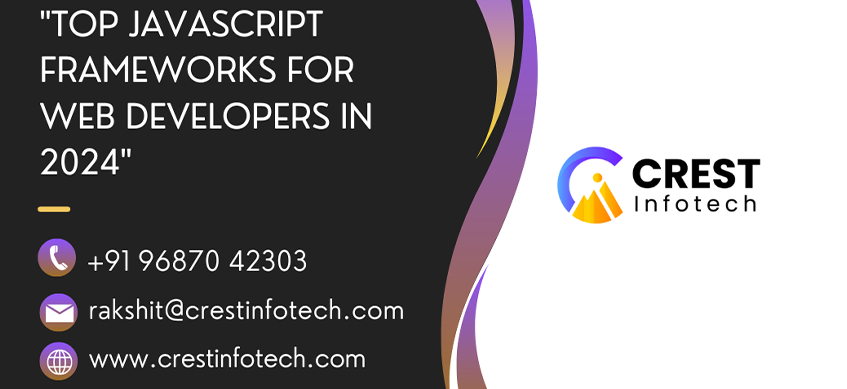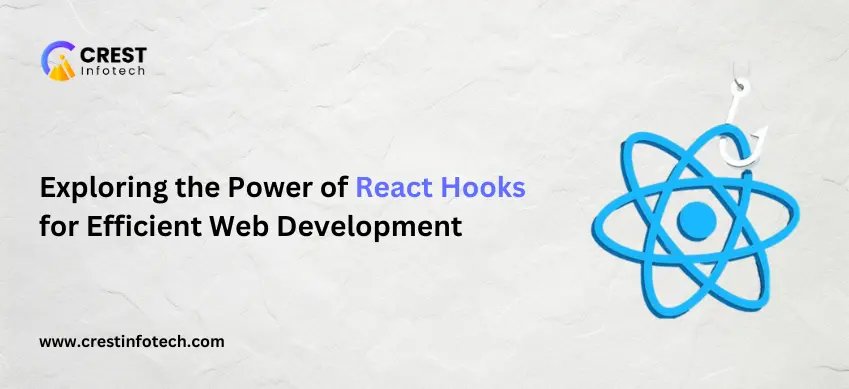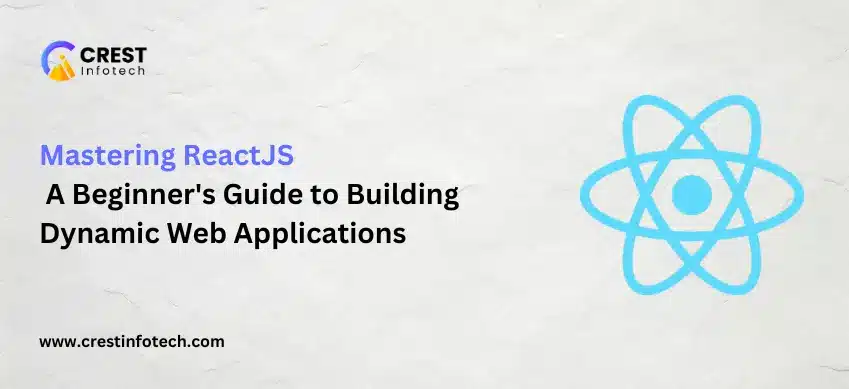JavaScript continues to be a dominant force in web development, powering a vast array of applications from simple websites to complex, data-driven web apps. As we move into 2024, several JavaScript frameworks stand out for their capabilities, performance, and community support. Here’s a look at the top JavaScript frameworks that web developers should consider for their projects this year.
1. React
Overview
React, developed by Facebook, remains one of the most popular JavaScript libraries for building user interfaces, particularly single-page applications (SPAs). Its component-based architecture and virtual DOM make it highly efficient and flexible.
Key Features
- Component-Based Architecture: Promotes reusable components.
- Virtual DOM: Enhances performance by minimizing direct DOM manipulation.
- Hooks: Simplifies state and side-effect management.
- Strong Community Support: Extensive documentation, tutorials, and third-party libraries.
Use Cases
- Single-page applications
- Complex user interfaces
- Mobile applications (using React Native)
2. Angular
Overview
Angular, maintained by Google, is a robust framework for building dynamic web applications. It offers a comprehensive solution with a strong emphasis on productivity and maintainability.
Key Features
- TypeScript-Based: Enhances code quality and maintainability.
- Two-Way Data Binding: Simplifies synchronization between the model and the view.
- Dependency Injection: Improves modularity and testing.
- Rich Tooling and Ecosystem: Includes Angular CLI, extensive libraries, and integrated development environments (IDEs).
Use Cases
- Enterprise-level applications
- Progressive Web Apps (PWAs)
- Large-scale, complex web applications
3. Vue.js
Overview
Vue.js is a progressive framework that has gained popularity for its simplicity and flexibility. It allows developers to incrementally adopt features as needed, making it suitable for both small projects and large applications.
Key Features
- Reactive Data Binding: Automatically updates the view when the data model changes.
- Component-Based Structure: Facilitates code reuse and organization.
- Vue CLI: Provides a robust toolset for project setup and management.
- Ecosystem: Includes Vue Router for routing and Vuex for state management.
Use Cases
- Interactive web interfaces
- Single-page applications
- Incrementally enhancing existing projects
4. Svelte
Overview
Svelte takes a different approach compared to traditional frameworks. It shifts much of the work to compile time, resulting in highly optimized and performant applications.
Key Features
- Compile-Time Optimization: Transforms components into highly efficient JavaScript at build time.
- No Virtual DOM: Directly updates the DOM, leading to faster performance.
- SvelteKit: A comprehensive framework for building fast, modern web applications.
Use Cases
- Performance-critical applications
- Lightweight web applications
- Rapid prototyping
5. Next.js
Overview
Next.js, developed by Vercel, is a powerful framework built on top of React for server-rendered applications. It excels in creating fast, SEO-friendly web applications with a great developer experience.
Key Features
- Server-Side Rendering (SSR): Improves SEO and performance.
- Static Site Generation (SSG): Combines the benefits of static and dynamic websites.
- API Routes: Allows building API endpoints within the application.
- Automatic Code Splitting: Enhances load times by only loading necessary code.
Use Cases
- Server-rendered applications
- Static websites and blogs
- E-commerce platforms
6. Nuxt.js
Overview
Nuxt.js is a framework based on Vue.js designed to create server-rendered applications, static websites, and more. It simplifies the development process with its powerful configuration and features.
Key Features
- Server-Side Rendering: Enhances SEO and initial load performance.
- Static Site Generation: Easily generate static pages for better performance.
- Modular Architecture: Provides a flexible and scalable codebase.
- Nuxt Modules: Extensive collection of modules to extend functionality.
Use Cases
- Server-rendered Vue.js applications
- Static websites
- Content-driven websites
7. Meteor
Overview
Meteor is a full-stack framework that enables rapid development of web and mobile applications. It provides an integrated solution with real-time data synchronization.
Key Features
- Real-Time Data Sync: Automatically updates the UI when data changes.
- Full-Stack Solution: Includes front-end, back-end, and database management.
- Package Ecosystem: Large number of packages for extending functionality.
- Cross-Platform Development: Supports web, iOS, and Android applications.
Use Cases
- Real-time applications
- Collaborative tools
- Rapid prototyping
8. Ember.js
Overview
Ember.js is an opinionated framework designed for building ambitious web applications. It emphasizes convention over configuration and provides a rich out-of-the-box experience.
Key Features
- Convention Over Configuration: Reduces the need for boilerplate code.
- Strong Ecosystem: Includes Ember CLI, Ember Data, and more.
- Two-Way Data Binding: Synchronizes model and view efficiently.
- Stability Without Stagnation: Ensures long-term stability and backward compatibility.
Use Cases
- Large-scale applications
- Long-term projects with complex requirements
- Applications needing strong conventions and structure
Conclusion
The JavaScript landscape in 2024 is rich with frameworks that cater to various needs and project requirements. React, Angular, and Vue.js continue to be the go-to choices for many developers due to their robustness and flexibility. Svelte and Next.js are gaining traction for their performance optimizations and developer-friendly features. Nuxt.js, Meteor, and Ember.js offer specialized solutions for server-side rendering, real-time data synchronization, and ambitious web applications.
Choosing the right framework depends on the specific needs of your project, the team’s expertise, and the desired performance characteristics. Staying updated with these frameworks and their ecosystems will empower web developers to build high-performance, scalable, and user-friendly applications in 2024 and beyond.



